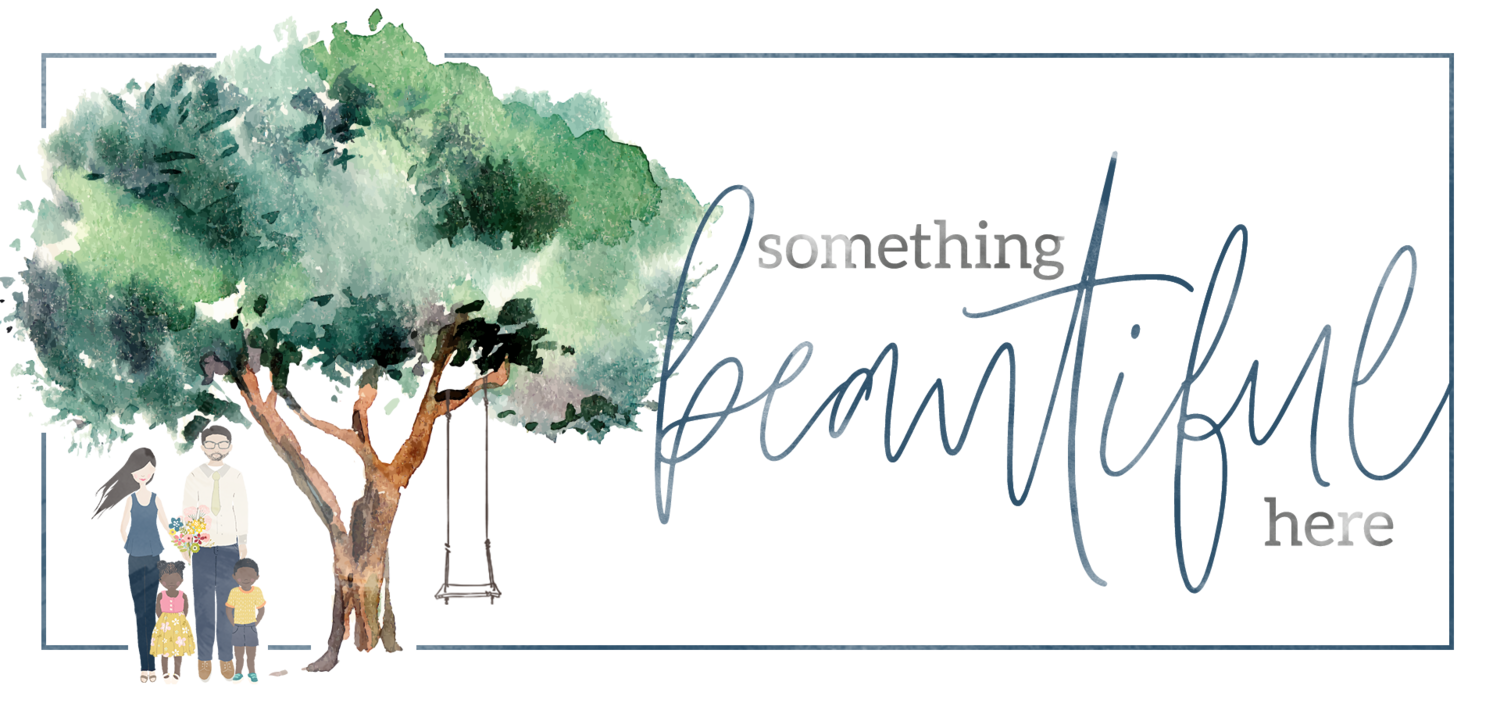Open Adoption: What It Really Looks Like
When my husband and I began our adoption journey, we held onto misconceptions about open adoption. Influenced by media portrayals and a lack of education, we initially feared the idea of having an open adoption with a birth mother. Now, as an adoption consultant and an adoptive parent, I realize many families share similar fears. Below, I’ll debunk common myths and provide a clearer picture of what open adoption really looks like.
Myth #1: Birth Mothers Could Change Their Mind and Take Their Child Back
Many fear that if the birth mother has access to their family, she could show up unannounced and try to parent the child. However, once consents are signed and finalization occurs (timelines vary by state), the adoption is legally binding and irrevocable. The child is legally part of the adoptive family, with their last name and a new birth certificate issued.
Myth #2: Open Adoption Confuses the Child and Causes Identity Issues
Research shows that adoptees understand the distinct roles of their adoptive and birth parents. In fact, open adoption often strengthens a child’s sense of identity by providing clarity about their origins and the reasons for the adoption. Closed adoptions, common in past decades, often left adoptees filling in gaps with fantasies about their birth family. Open adoption eliminates this mystery and fosters a realistic understanding.
Myth #3: Open Adoption Is Like Co-Parenting
Open adoption does not mean shared custody. Adoptive parents hold full legal custody, and birth parents do not have parental rights. Relationships in open adoption often resemble extended family connections, with varying levels of communication based on mutual agreement.
Myth #4: Adoptees Will Leave Their Adoptive Parents for Birth Parents
Adoptees view their adoptive family as home and recognize the daily care and love they’ve received. While many adoptees are curious about their birth family, this does not diminish their bond with their adoptive family. Exploring their origins is a natural part of identity formation, not a rejection of their adoptive parents. For a deeper dive into this topic, consider the documentary Closure.
Myth #5: Open Adoption Only Benefits the Birth Family
Open adoption benefits all members of the adoption triad—adoptees, birth parents, and adoptive parents. A 2009 study published in the Journal of Psychology found that open adoption significantly improved satisfaction among both adoptive and birth families.
For Birth Families: Open adoption provides peace of mind and supports healthy grieving by allowing them to see their child thrive.
For Adoptees: It fosters a stronger sense of identity, provides access to genetic and medical information, and helps them understand the reasons behind their adoption, reducing feelings of abandonment.
For Adoptive Parents: Open adoption offers a deeper understanding of their child’s history and the opportunity to answer their child’s questions with honesty and accuracy.
What Does Open Adoption Look Like?
Open adoption relationships are as unique as the families involved. Some families exchange photos and updates via email or phone calls. Others have video chats and occasional in-person visits. There is no one-size-fits-all approach, just as no two family dynamics are identical.
Building Healthy Open Adoption Relationships
Like any relationship, open adoption takes effort, patience, and clear communication. Boundaries, honesty, and grace are essential for fostering trust and mutual respect. Though challenges may arise, the benefits of open adoption often far outweigh initial fears.
Many adoptive families have expressed regret about not having an open adoption, wishing they could answer their child’s lingering questions about their origins. If you have the opportunity for an open adoption, cherish it—it is a gift.
